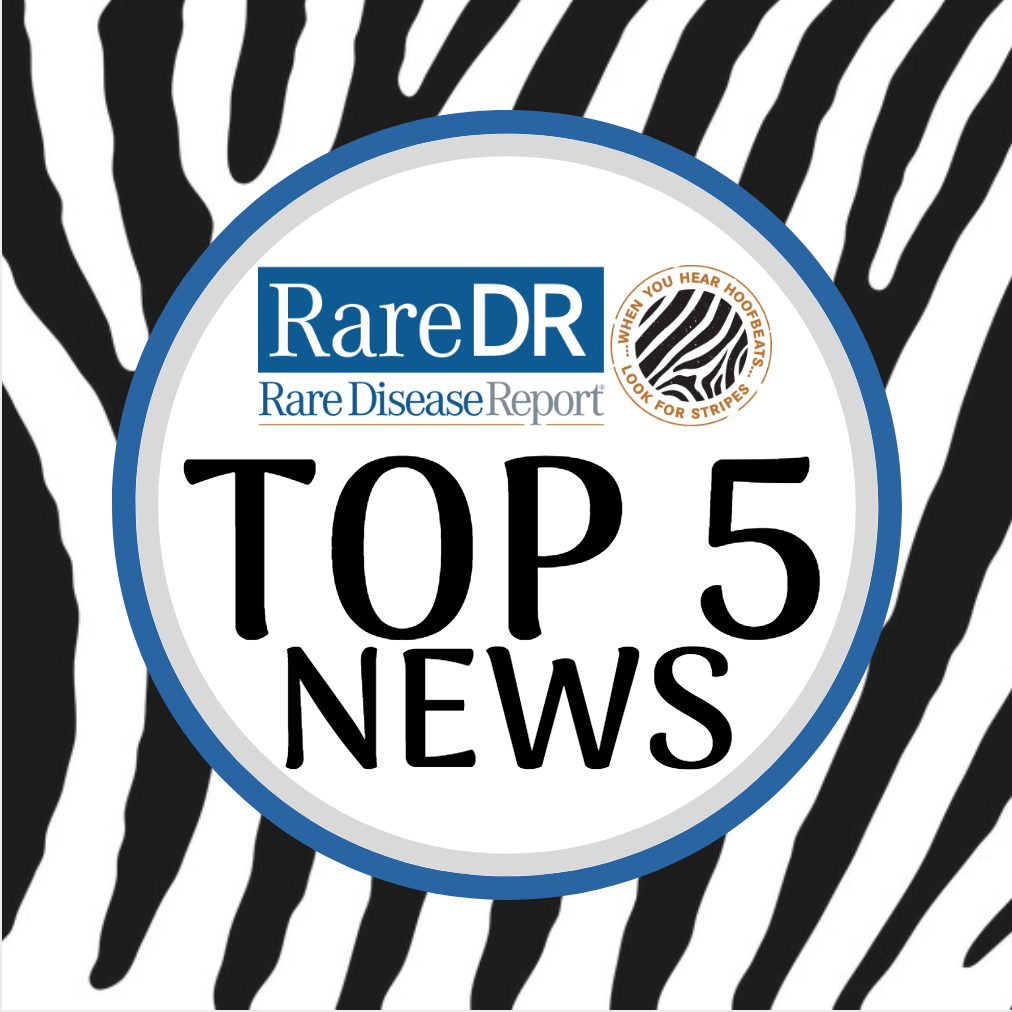Article
Top 5 Rare Disease News of the Week—July 8, 2018
Author(s):
Stay up-to-date on the latest rare disease news by reading the top 5 articles of the week.

#1: New Therapies on the Horizon for Huntington's Disease
Despite advances in treatment for a multitude of neurological conditions such as multiple sclerosis and Parkinson’s disease, Huntington’s disease remains incurable. This relatively rare genetic disease is often diagnosed in midlife and progresses to eventual death. However, several promising new developments have offered a ray of hope to Huntington’s patients, their at-risk children, and the clinicians who treat them.
Potential new treatments include PPAR delta agonists like KD3010 and Bexarotene, gene editing with technologies like the CRISPR Gene Editing System, immunotherapies like VX15, and antisense oligonucleotides (ASOs) therapies.
Read more about the new therapies on the horizon for Huntington’s disease.
#2: Brineura Brings Hope as Batten Patients Await Additional Therapies
The first treatment ever approved by the US Food and Drug Administration to treat a form of Batten disease, a rare set of lysosomal storage disorders.
Prior to Brineura’s approval in April 2017, a diagnosis of late infantile neuronal ceroid lipofuscinosis type 2 (CLN2) Batten disease essentially was the starting point of an unstoppable journey of rapid neurodegeneration and an unwanted entrance into a small club of parents and researchers pushing desperately for scientific breakthroughs.
Read more about the newly approved Batten disease treatment.
#3: A Device that Delivers: Promising DIPG Treatment Route
Diffuse intrinsic pontine glioma (DIPG), a rare pediatric brain tumor, continues to pose a challenge to health care providers due to its difficult anatomic location and lack of effective treatment. The tumor originates on the brain stem, making complete surgical removal unfeasible, and available treatment—radiation and chemotherapy—have only been able to provide temporary response, not a cure.
However, a promising treatment has emerged in the form of Alcyone Lifesciences Inc.’s Alcyone MEMS Cannula (AMC), which is capable of precisely delivering an oncolytic adenovirus (tasadenoturev) directly into the pediatric brain stem tumor.
The oncolytic adenovirus is engineered to replicate specifically in tumor cells with an abnormal retinoblastoma (RB) pathway by infecting cells through integrins, which are more abundant in glioma cells.
Read more about the new DIPG device.
#4: Inotersen, An Exciting Prospect for hATTR Amyloidosis Treatment
A new hereditary ATTR (hATTR) amyloidosis treatment, inotersen, an investigational antisense drug, may not be far from a US Food and Drug Administration (FDA) approval. Positive phase 3 data released this past March displayed an improvement in quality of life by 50% in patients with the disease, and with no effective treatment available, a lot hangs on the line.
In an effort to learn more about the prospective treatment, Rare Disease Report® (RDR®) spoke with Morie A. Gertz, MD, oncologist, internist, hematologist, and chair of Internal Medicine, Minnesota, at Mayo Clinic, to discuss how the impact the treatment could have on the hereditary hATTR patient population and how close it may be to receiving an approval from the FDA.
Read the full interview on inotersen as a treatment for hATTR.
#5: FDA Releases Guidance to Advance Development of Gene Therapies
In an official statement, Scott Gottlieb, MD, FDA Commissioner, announced that the US Food and Drug Administration (FDA) is working to provide a comprehensive framework for the development process of gene therapy through the addition of 6 scientific guidances that will help advance the field and ensure that all new products are safe and effective.
To do this, the FDA will also be issuing 3 new draft guidances pertaining to human gene therapy in the following: hemophilia, retinal disorders, and rare diseases as a whole. These guidelines will offer preclinical, manufacturing, and clinical trial design recommendations for all phases of the clinical development program for these variants of gene therapies. They will also aim to assist sponsors in the clinical development of programs in which limited study population sizes, potential feasibility and safety issues, and questions pertaining to the interpretation of effectiveness are present.
Read more about the new FDA guidances for gene therapies.




